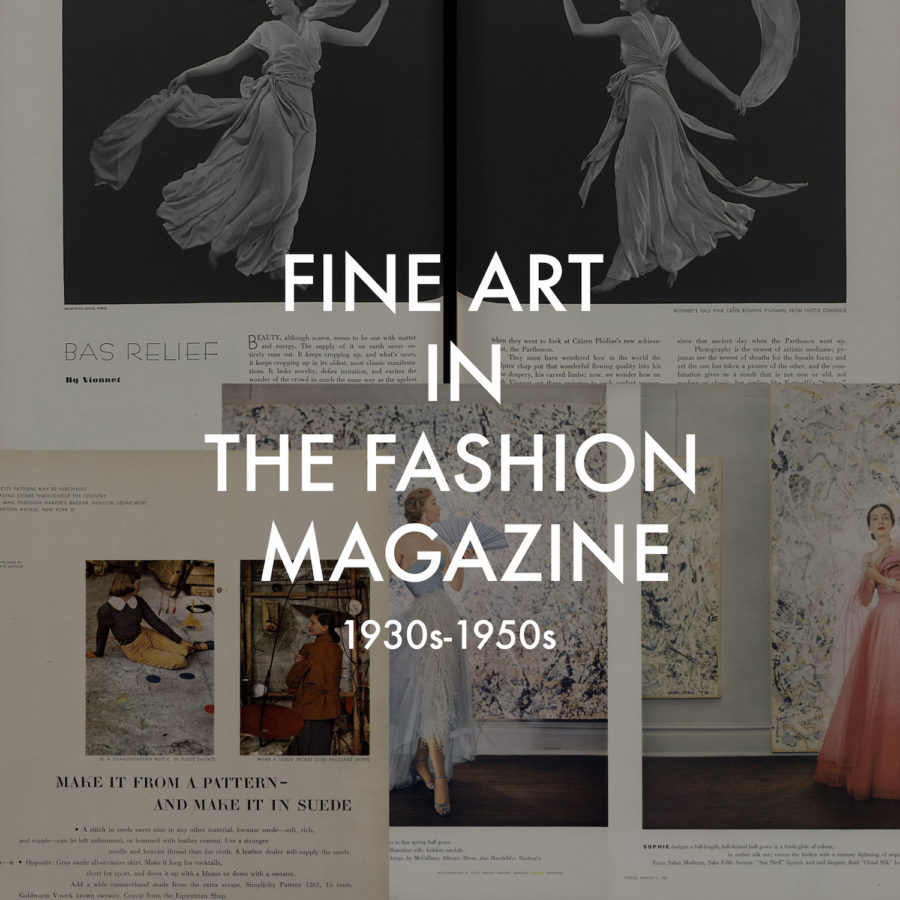From the creative process to representation in magazines such as Vogue and Harper’s Bazaar, illustration has always played a key role in fashion, its rough, sketch-like appearance giving it a whimsical elegance. Just like fashion photography, fashion illustrations are palpable sources of information about the collective cultural currents of a moment in time.
Today, as long as you have a smartphone, you can capture anyone walking down the street in what you consider to be a fabulous outfit, identifying yourself as a fashion photographer. Depending on the number of followers your fashion account has, you can even be thought of as an ‘influencer’. As someone who loves looking at photos of clothes, especially street-style, I turn to Instagram for my daily dose of visual inspiration. Over time, I have noticed that my feed has automatically curated itself. However, I cannot help but notice the lack of variety in the fashion images I encounter. My newsfeed is saturated with the same overly edited type of photo (I don’t always buy the #nofilter). It seems that every new fashion account is trying to outdo the next most popular one.
In our recent Portraiture and Identity-themed MA seminar, we began by discussing events that would be occurring in London over the next few months. All of the events seemed to have to do with fashion illustration. When I got home I turned to Instagram—of course— to look up a few of the illustrators that we had been discussing. I was so relieved to be exposed to an entirely different, though no less vibrant, dimension of fashion representation. Additionally, there was something exciting about knowing that while I could encounter photos of illustrations at my fingertips, I could also stroll down to the Fashion Illustration Gallery in Covent Garden and engage in a more dynamic viewing experience of fashion illustration.

Although sketching the runway may seem archaic in a time of live stories and Snapchat, is there not something refreshingly authentic about the process of drawing—a process that offers an escape from filters and retouching? Fashion illustration offers a very different form of real-time representation, one that is organic in its process and tangible in its materiality. Each illustration is unique, rather than a template. There is a rarity in each piece that gives it the special aura of a collectible item.


Fashion illustration definitely seems to be garnering interest in social media, with Instagram seemingly acting as a portfolio for the fashion illustrator. For instance, the page ‘The Unique Illustration‘ posts what its moderator(s) have called ‘fashion illustration flash mobs’. The page selects an image and then posts various illustrations of it realised by different artists. Like in the case of ‘Alice in Gucciland’, this relatively young display mode showcases a fascinating variety of illustrations, which, interestingly, might never have been seen were it not for the platform Instagram affords the artists.






